Professor Fabrizio Barozzi, MIT
The slender figure of the Women’s Athletic Club rests lightly on the Chicago lakefront, just one block from the residual residence of Playboy Magazine, daring the thick masses of old Chicago architecture to embrace something new. The Women’s Club services the underserved sports of contemporary America, sports usually associated with femininity. The Club includes a volleyball court instead of a basketball court, a figure skating rink instead of a hockey rink, and dedicated rooms for group exercise classes usually relegated to multipurpose rooms—yoga, pilates, spin, barre. The Women’s Club integrates sports with business and culture, undermining the historically exclusive and patriarchal pairing of Men’s Club sports with networking and access to resources. The Women’s Club includes a library, a gallery, workspaces, conference rooms, and even a runway—expanding also the breadth of cultural programs typically included in a Chicago Club. When the exclusive Chicago Athletic Club opened in 1890, its construction was inseparable from an expanding, thriving city with dedicated to becoming America’s cultural center. The Women’s Club shares these ambitions, but with the radical affirmation of women in everything, including the assumed programs of the club. It provides a space for those overlooked by history to work together, to work out together, to produce new futures, and to slip into a thin space in Chicago’s lakefront—claiming a part of the city’s identity.
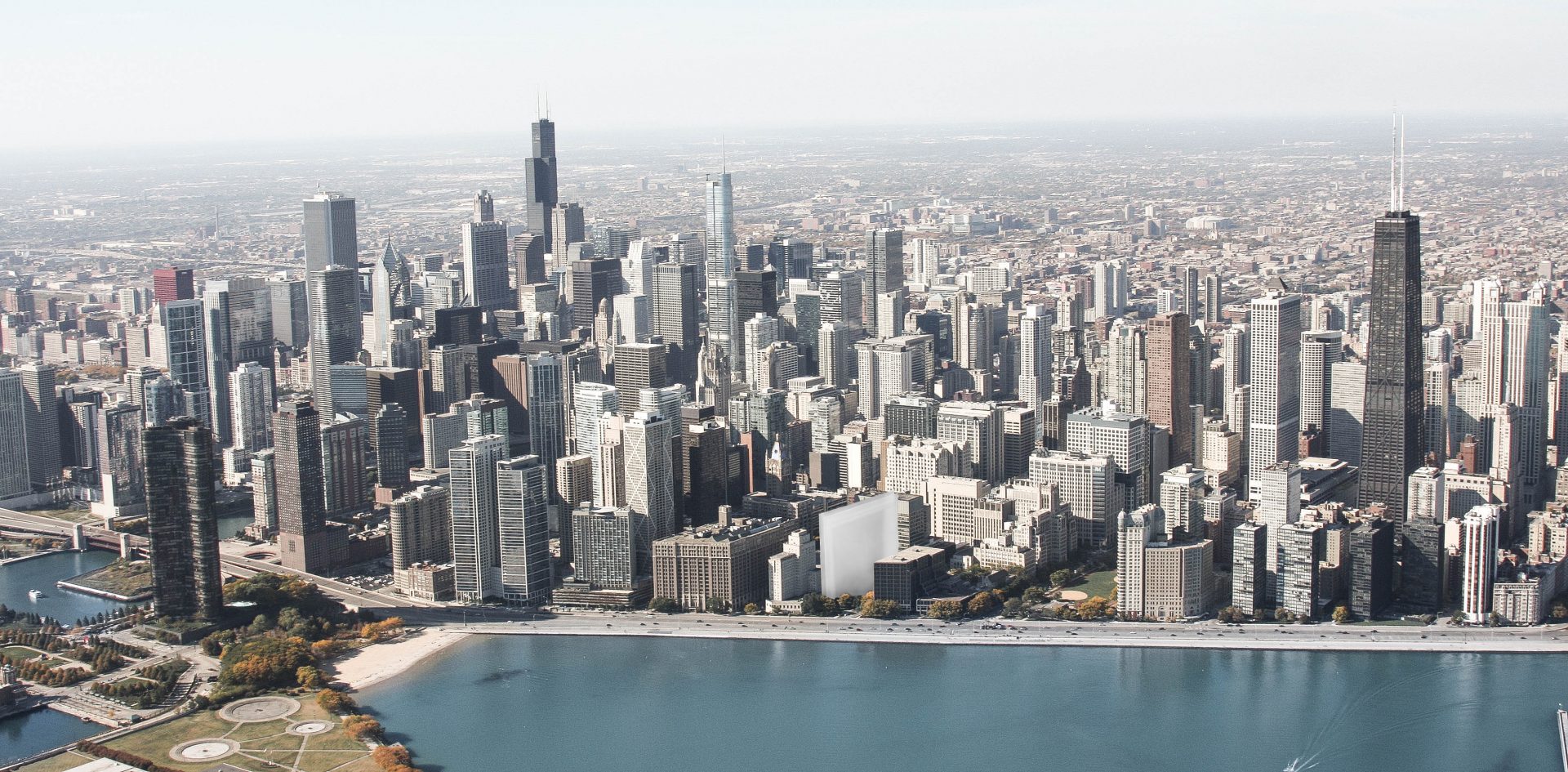 skyline view
skyline view 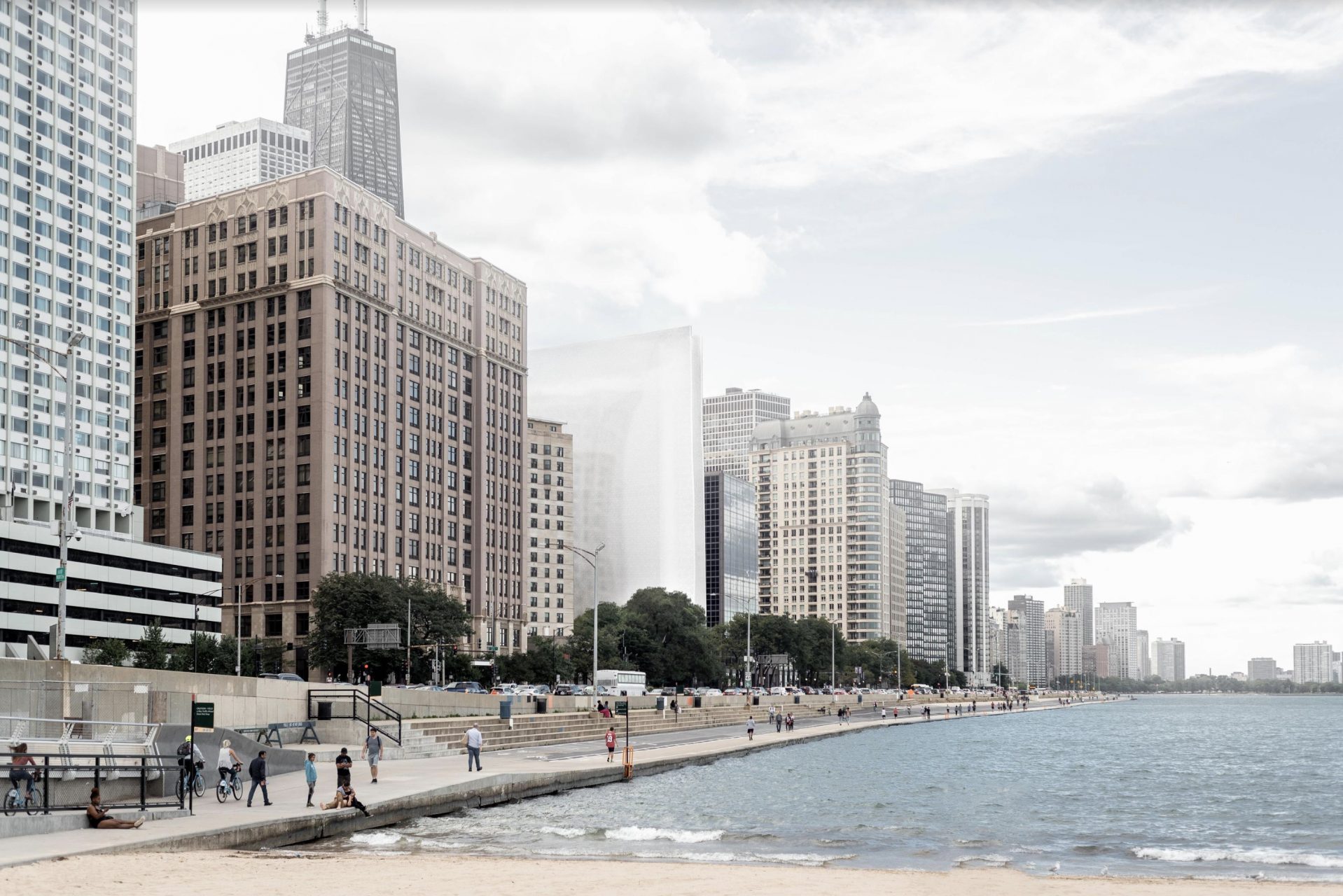 lakeside view
lakeside view 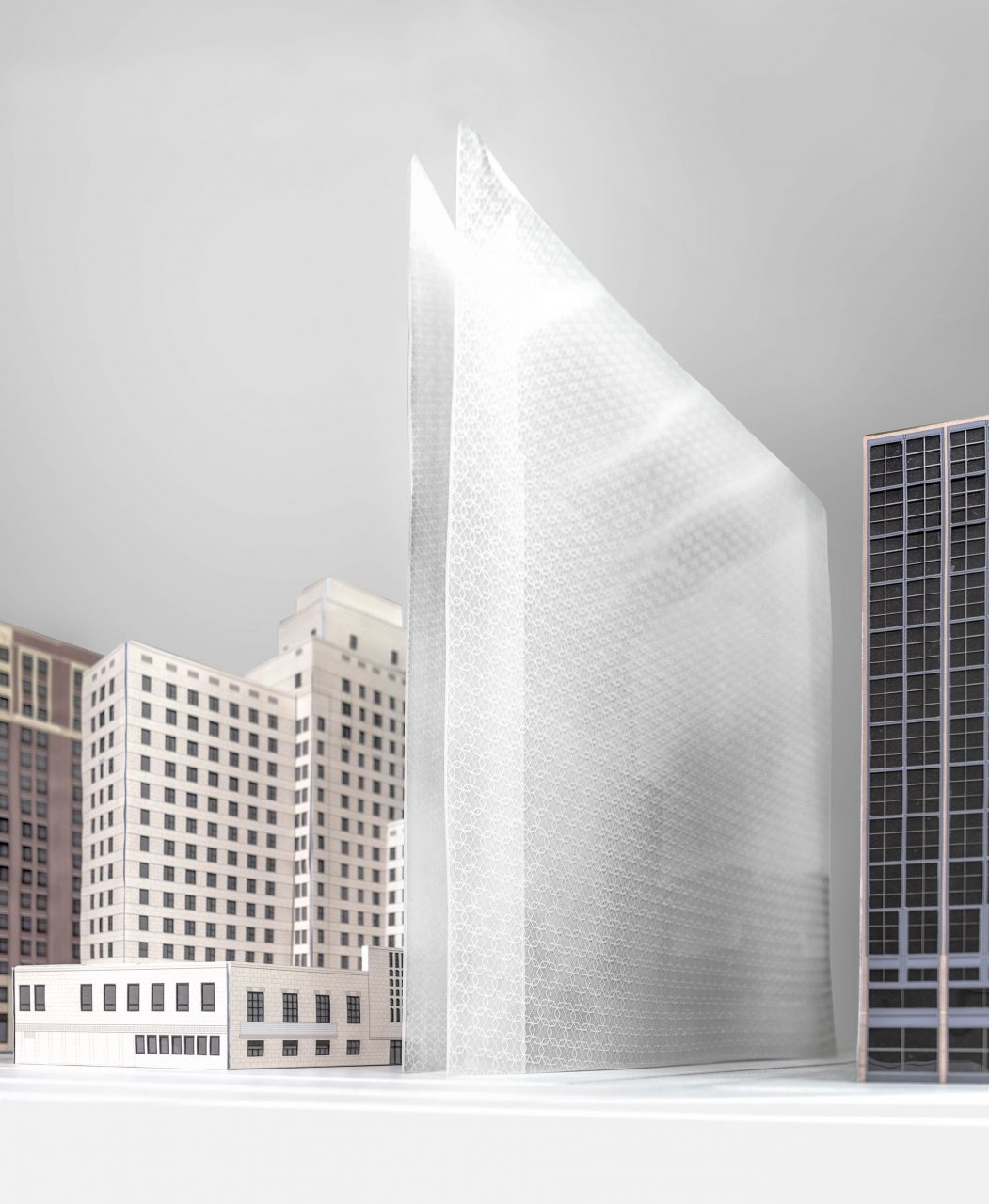 street view
street view 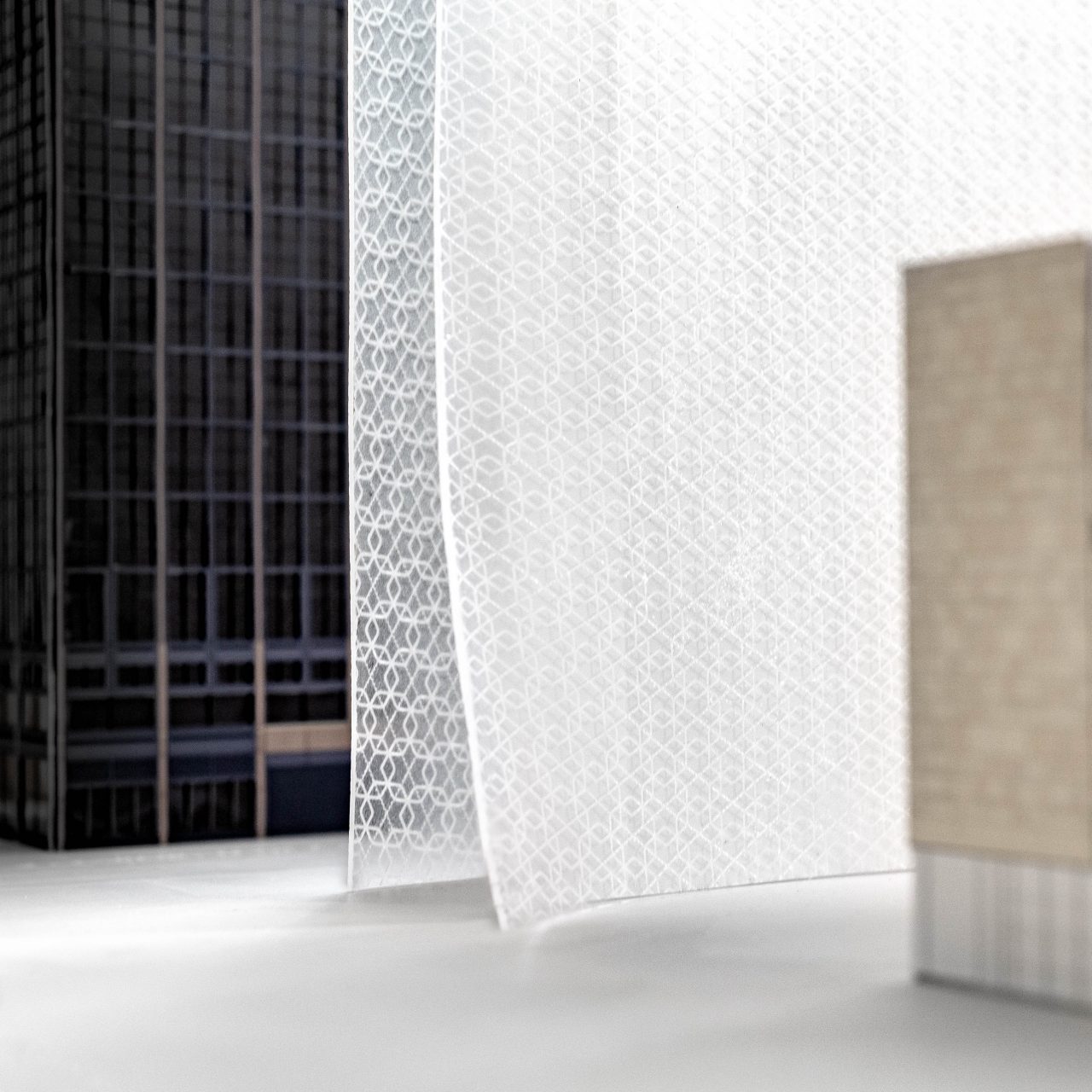 Chicago side entrance
Chicago side entrance 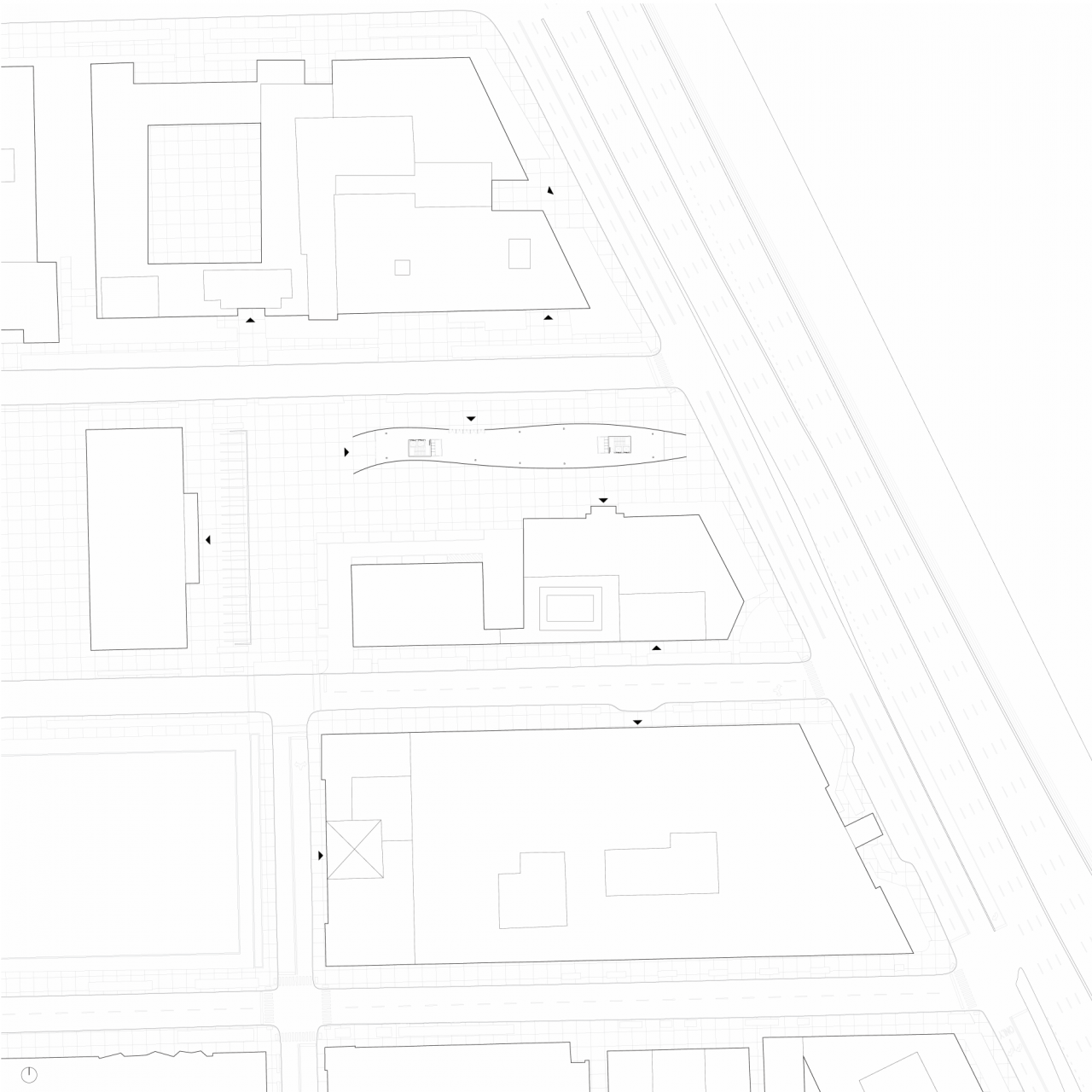 site plan
site plan 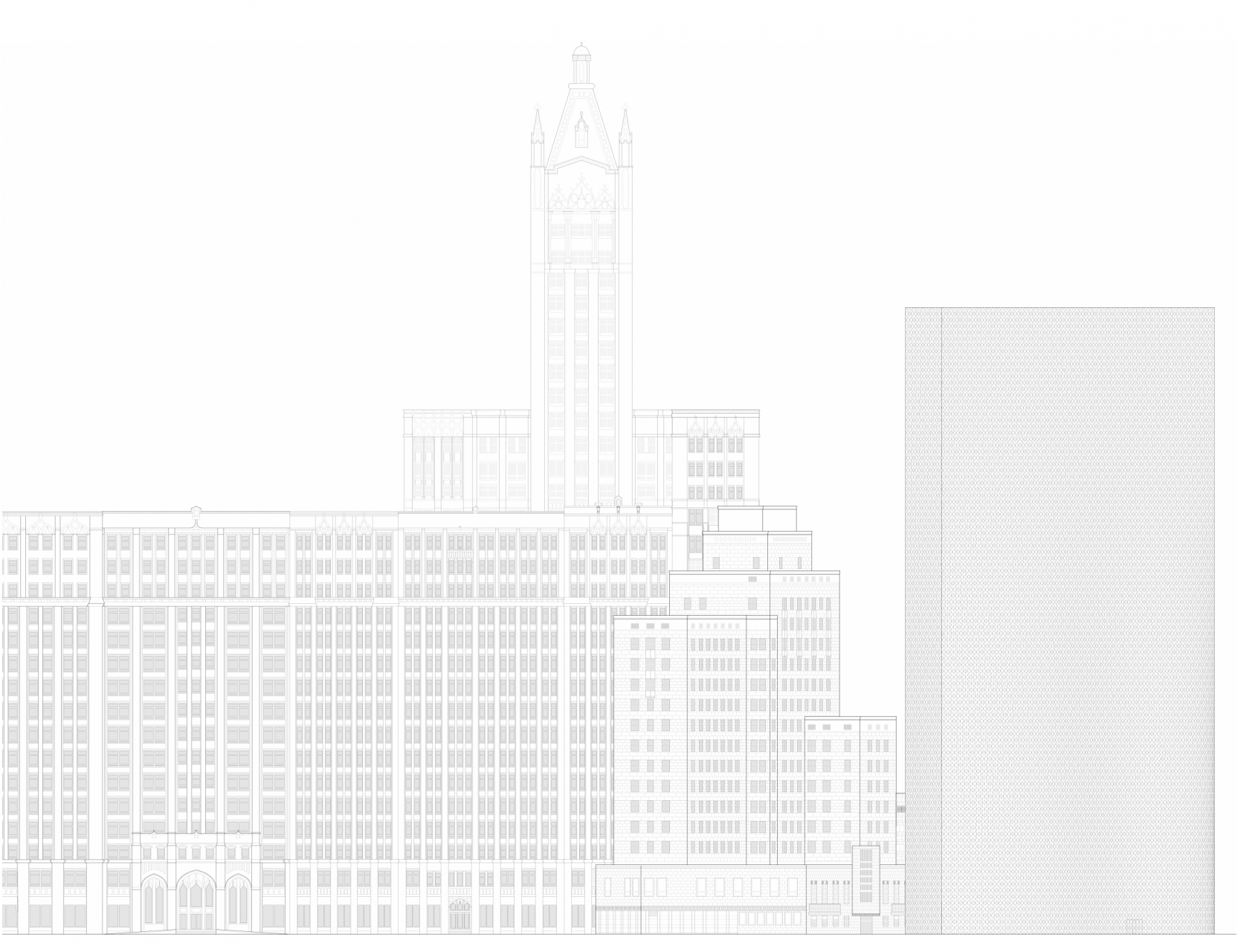 elevation
elevation 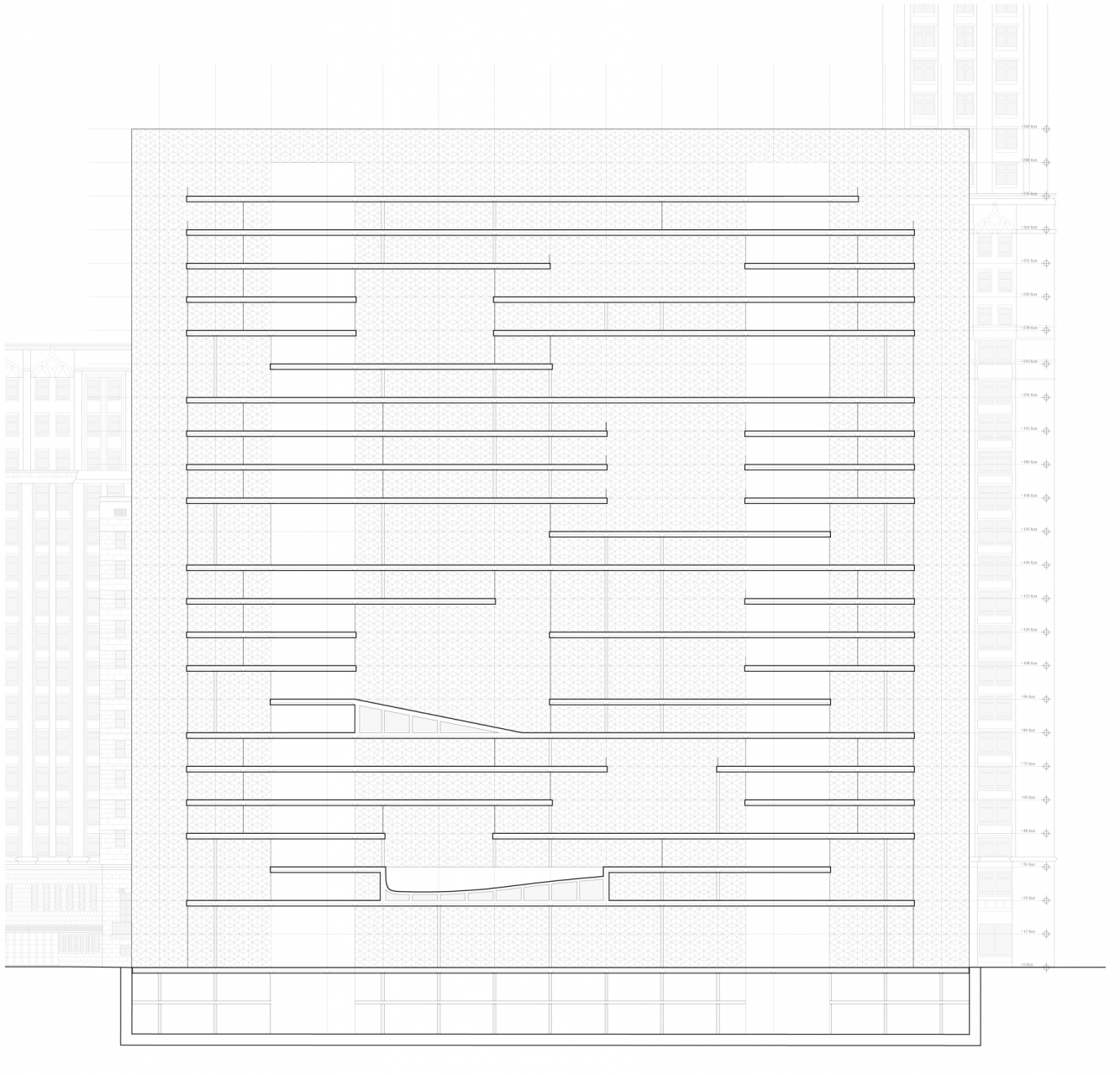 long section
long section 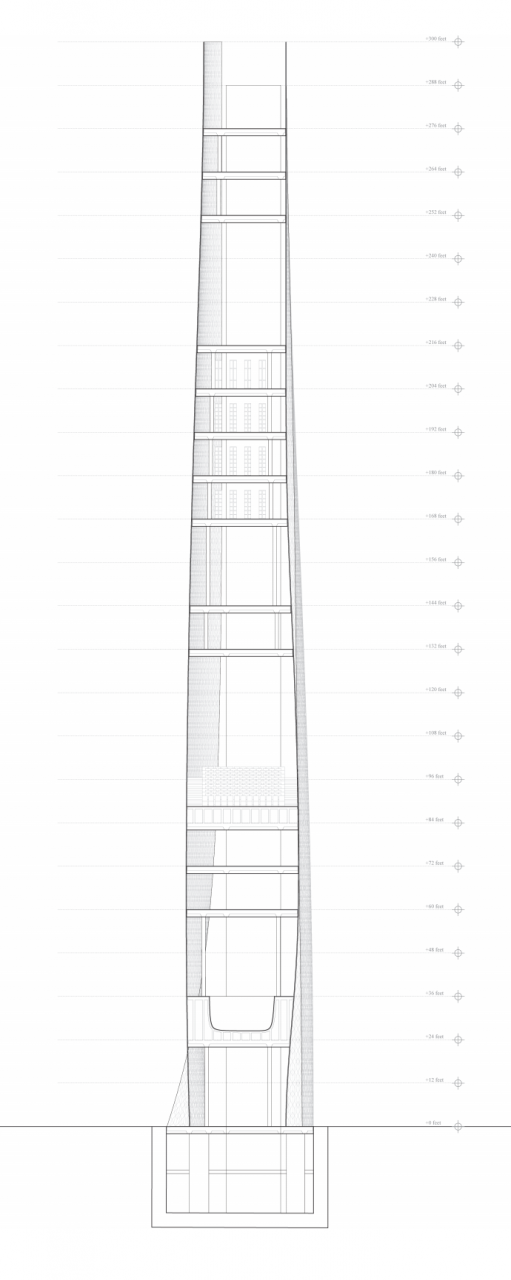 cross section
cross section 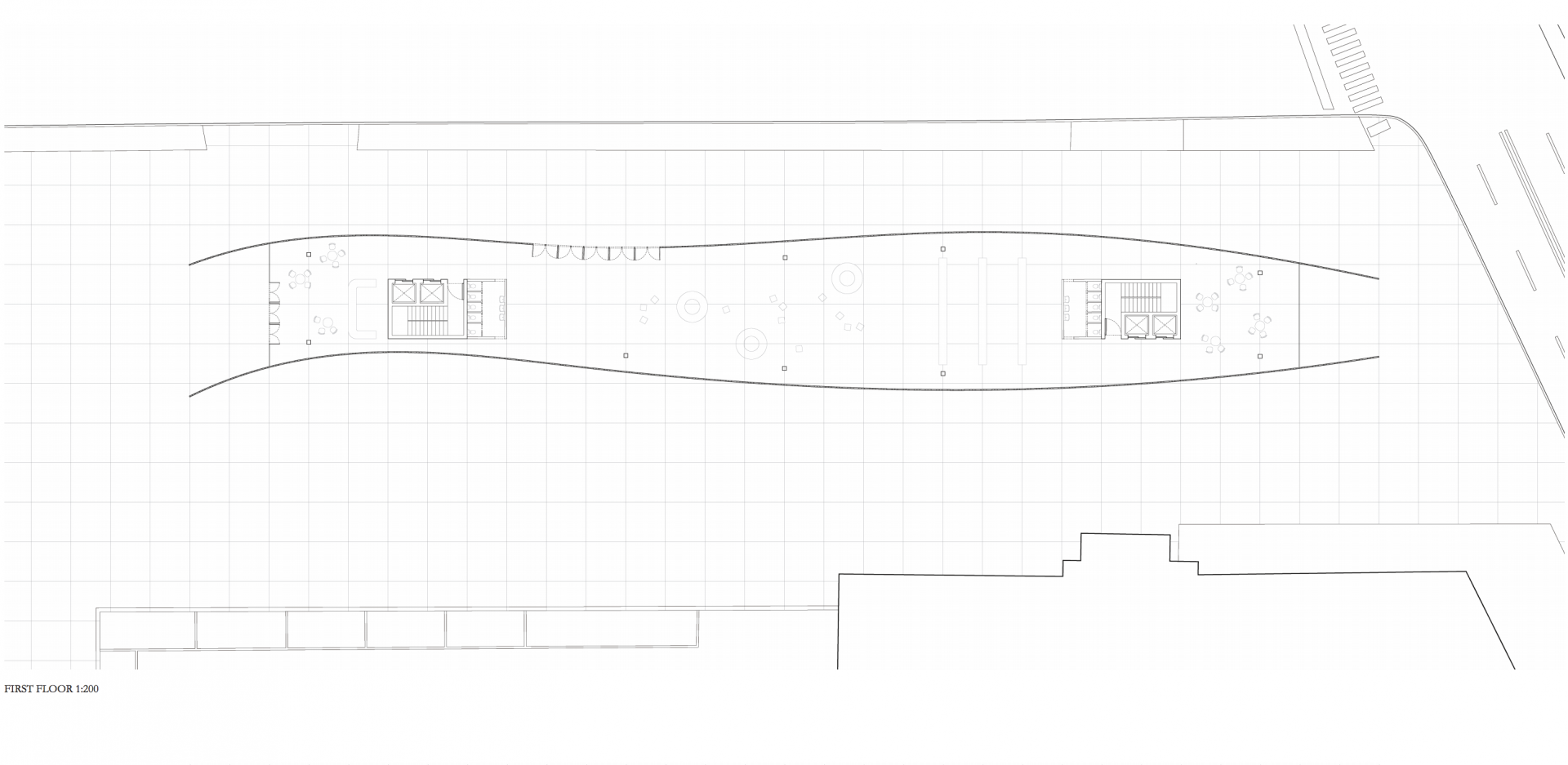 first floor plan
first floor plan 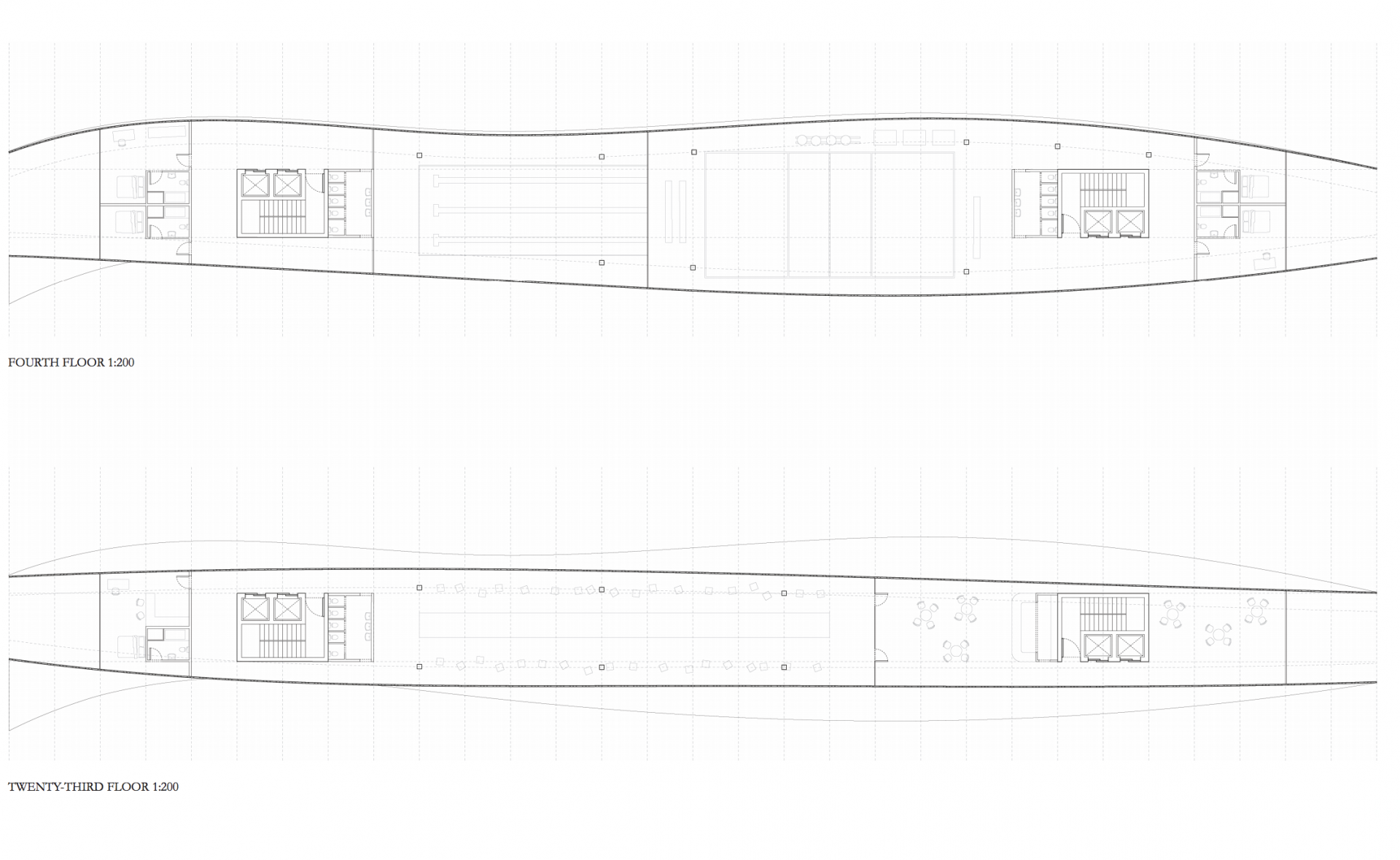 upper floor plans
upper floor plans 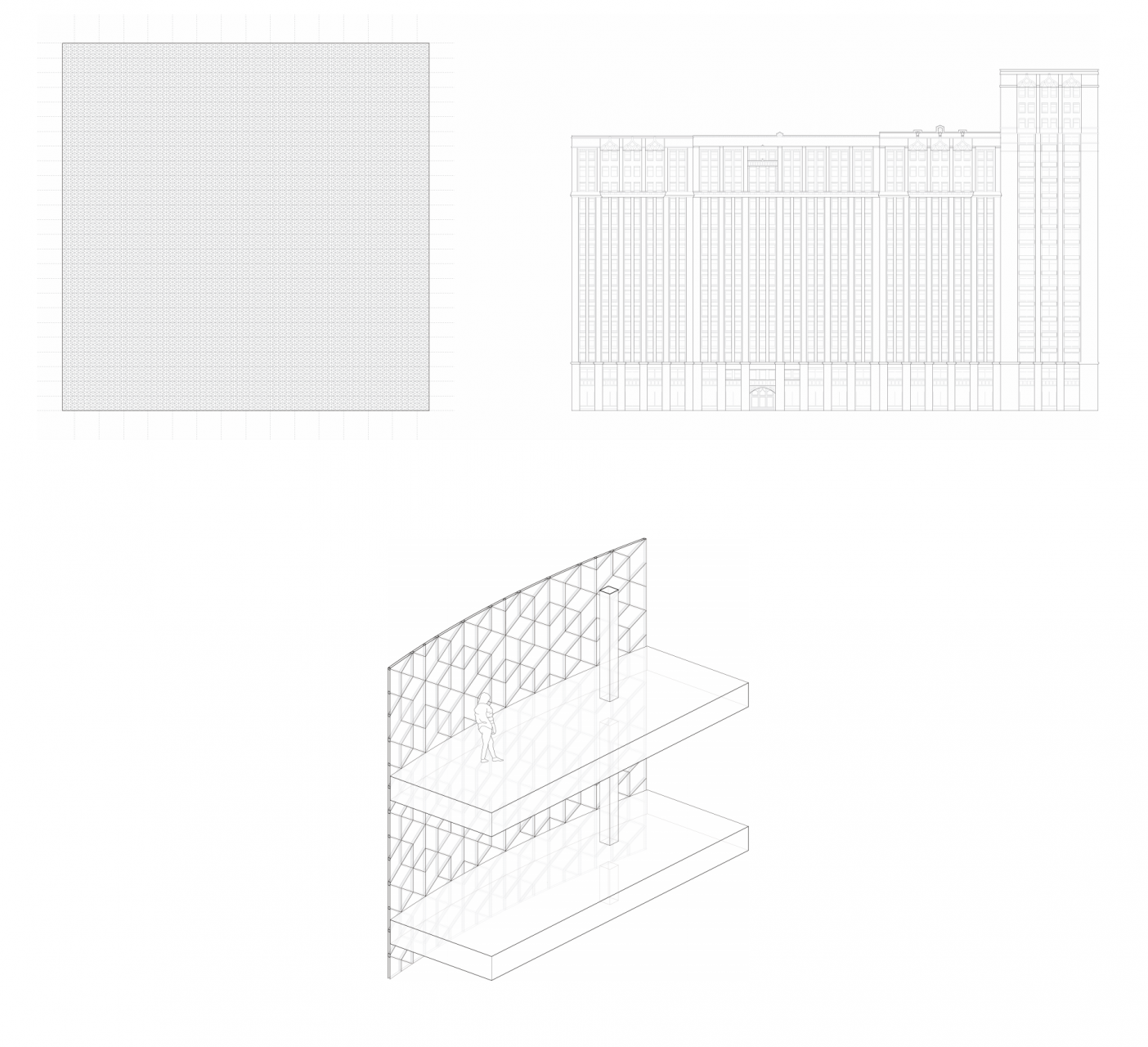 facade study
facade study 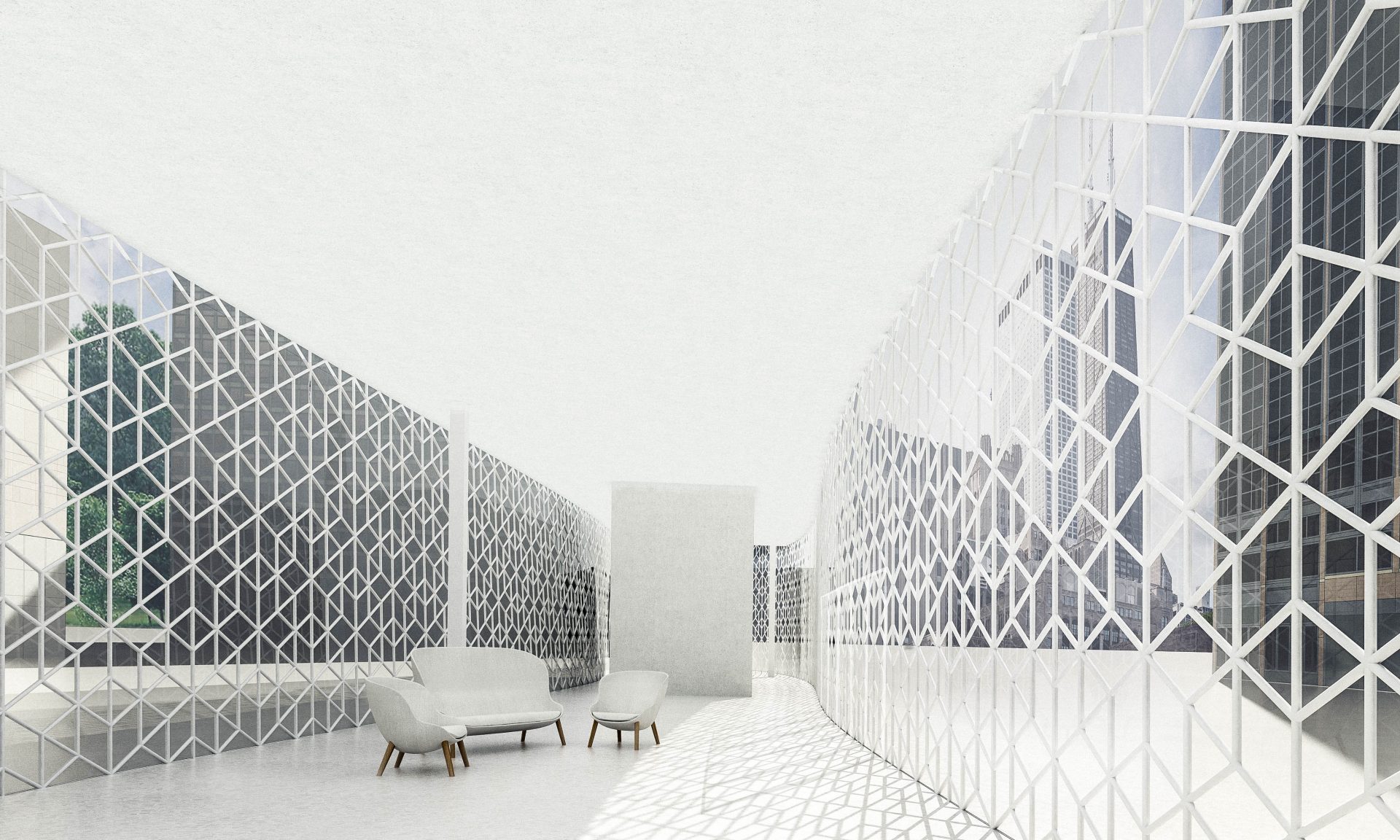 lobby interior
lobby interior 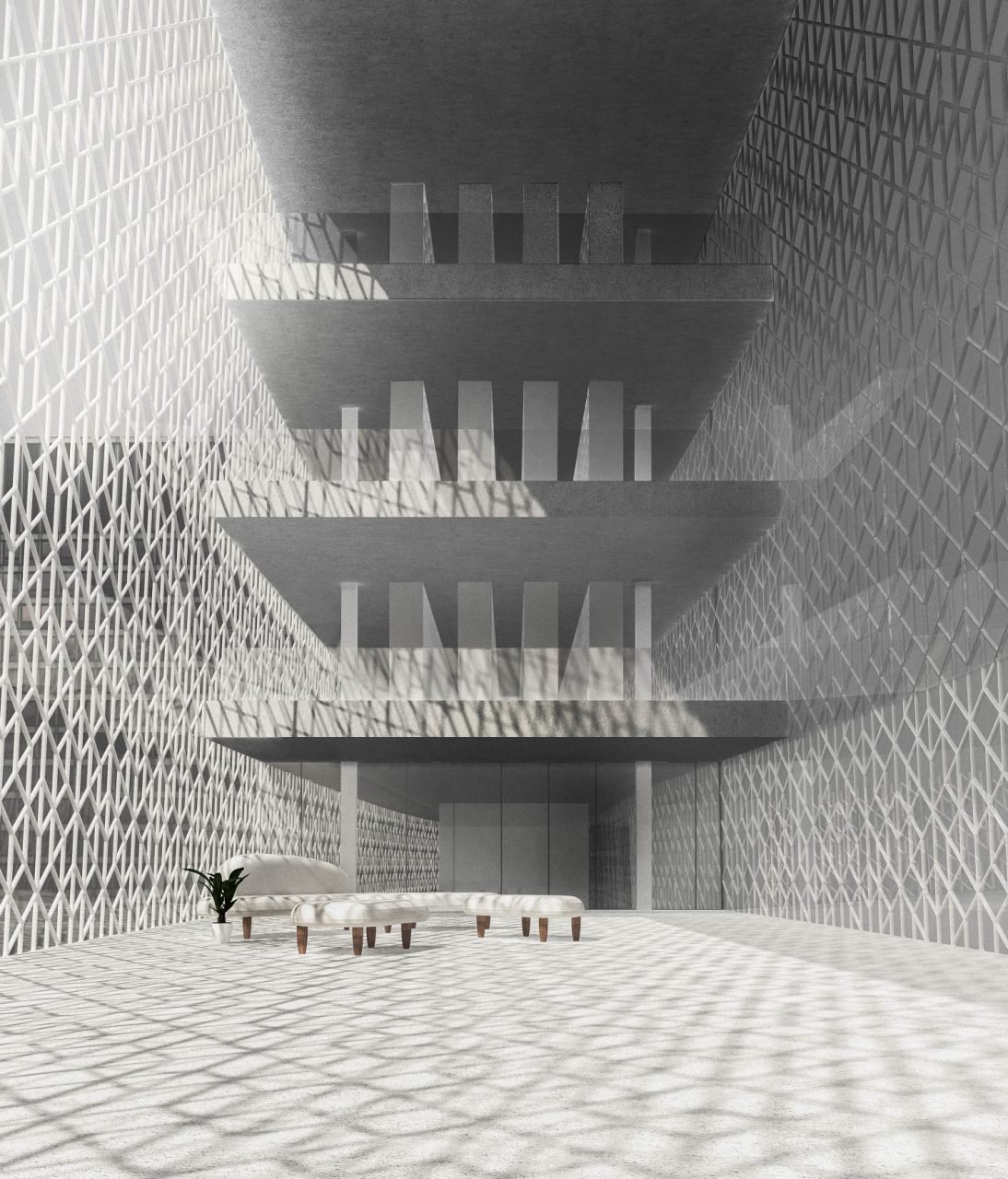 library interior
library interior 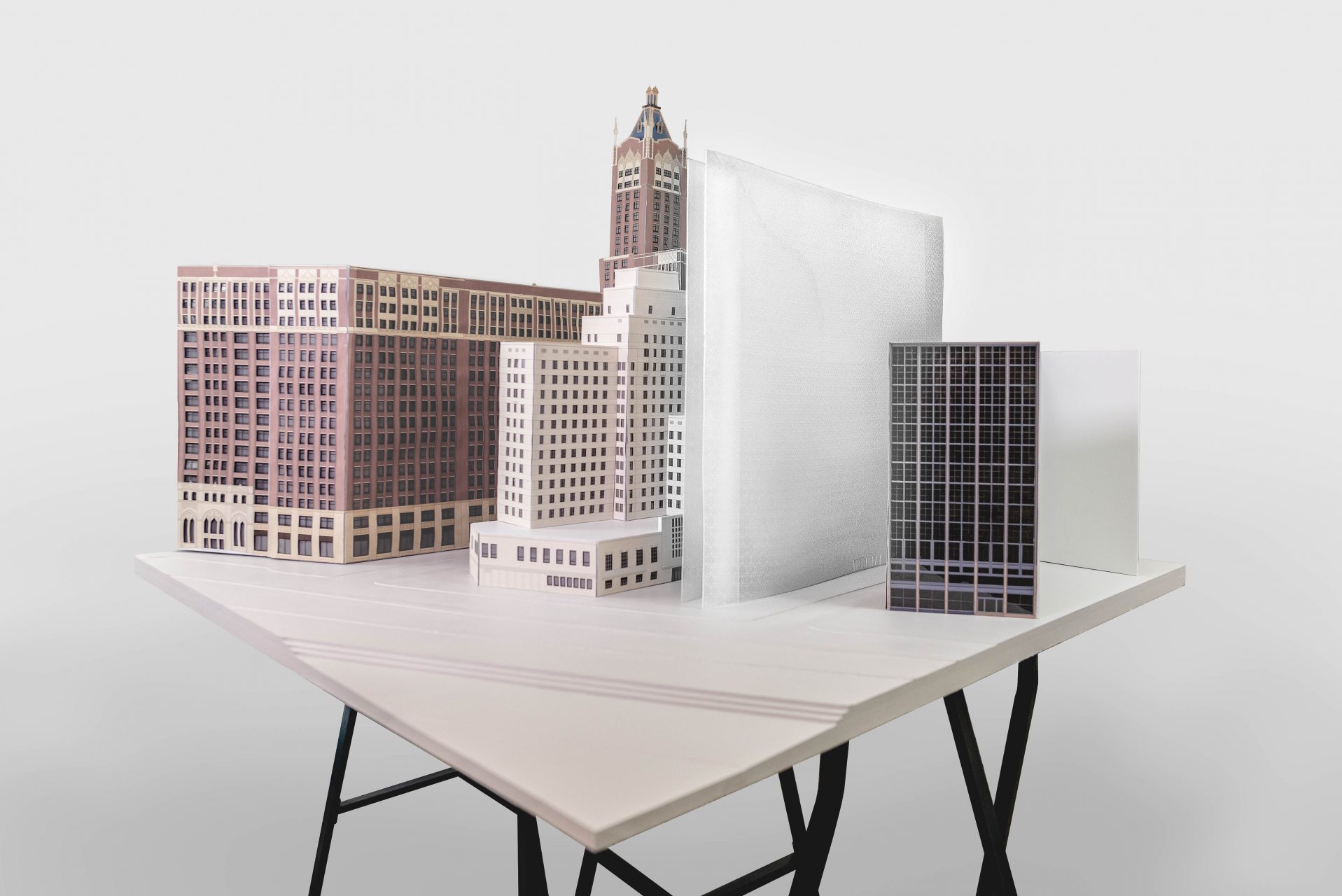 model view
model view